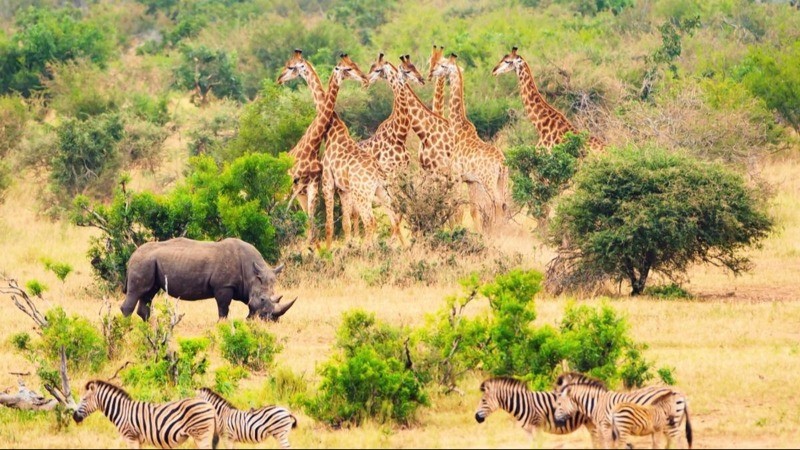
A shocking report from the World Wide Fund for Nature (WWF) reveals that global wildlife populations have plummeted by 73% in the last 50 years. This significant decline marks an increase from the 69% drop reported just two years ago, illustrating the accelerating crisis facing our environment.
Freshwater ecosystems have experienced the most severe losses, with an 85% decline in wildlife populations. Terrestrial ecosystems followed closely behind with a 69% decrease, while marine ecosystems saw a 56% reduction. The main contributors to this troubling trend include habitat destruction, mainly driven by unsustainable food production, overexploitation of species, the introduction of invasive species, and the impacts of climate change.
Kirsten Schuijt, WWF International’s Director General, stressed the critical nature of the situation, stating, “Nature is issuing a distress call. The linked crises of nature loss and climate change are pushing wildlife and ecosystems beyond their limits, with dangerous global tipping points threatening to damage Earth’s life-support systems and destabilize societies.”
As the pressures on natural ecosystems grow, the likelihood of reaching tipping points—situations where ecosystems undergo sudden and often irreversible changes—increases. The report warns that events like the collapse of the Amazon rainforest or the melting of polar ice caps could have disastrous effects on both biodiversity and human society.
The report also reveals the differing impacts of biodiversity loss across various regions. In the Asia-Pacific area, which includes India, wildlife populations have seen an average decline of 60%. Habitat loss and pollution are identified as major threats in this region.
Although the report does not specify data for India, WWF India officials noted significant declines in the populations of mammals, birds, amphibians, bees, and freshwater turtles. Of particular concern is the alarming decrease in three species of vultures—the white-rumped vulture, Indian vulture, and slender-billed vulture—highlighting the broader ecological issues at play.
Globally, the most dramatic wildlife population declines are seen in South America, the Caribbean, Africa, and the Pacific. In contrast, Europe and North America have experienced slower declines, largely because the impacts on nature in these regions were already recognized before the index began in 1970.
The Living Planet Index (LPI), which tracks data from 32,000 populations of 5,230 species, was used to analyze these trends. The report emphasizes that without urgent intervention, wildlife populations and the ecosystems that sustain them will continue to face catastrophic declines.
Despite the bleak outlook, the report does mention positive developments in India, where proactive government measures and community involvement have successfully stabilized certain species.
Indore Aims to Become the World’s First Energy Literate City, Reducing Carbon Emissions
Hurricane Milton intensifies to Category 5 as Florida braces for direct hit